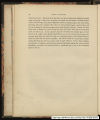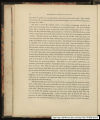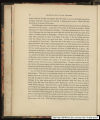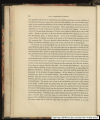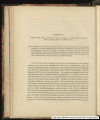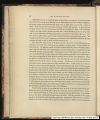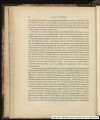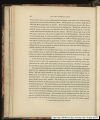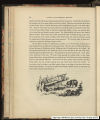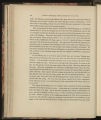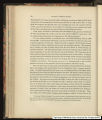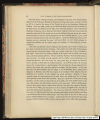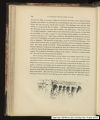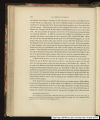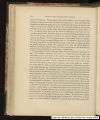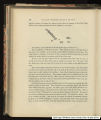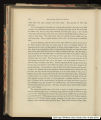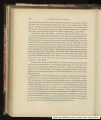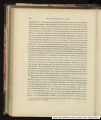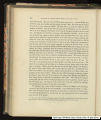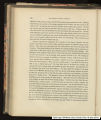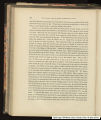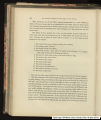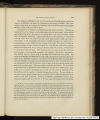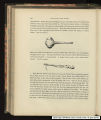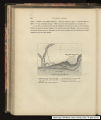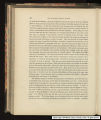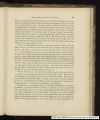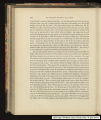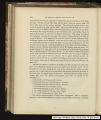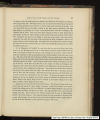| OCR Text |
Show I f ii-i 156 DESCRIPTION OF FORT PIERRE. Fort Pierre is one of the most considerable settlements of the Fur Company on the Missouri, and forms a Jarge quadrangle, surrounded by high pickets (see the wood-cut), round which the buildings stand in the manner already described. At the north-east and south-west corners there are block-houses, with embrasures, /, /, the fire of which commands the curtain ; the upper story is adapted for small arms, and the lower for some cannon; each side of the quadrangle is 108 paces in length ; the front and back, g, g, each 114 paces ; the inner space eighty-seven paces in diameter. From the roof of the block-houses, which is surrounded with a gallery, there is a fine prospect over the prairie ; and there is a flag-staff on the roof, on which the colours are hoisted. The timber for this fort was felled from forty to sixty miles up the river, and floated down, because none fit for the purpose was to be had in the neighbourhood. Mr. Laidlow's dwelling-house, d, d, consisted of one story only, but was very conveniently arranged, with large rooms, fire-places, and glass windows. Next this house was a smaller building, e, for the office and the residence of a clerk. The other clerks, the interpreters for the different Indian nations, the engages and their families, altogether above 100 persons, lived in the other buildings, a, a, a, a. Opposite, in c, c, were the stores, at that time of the value of 80,000 dollars; and in other rooms, the furs obtained from the Indians by barter. The fort has two large doors, g, g, opposite each other, which are shut in the evening ; in b there was an enclosed piece of garden ground. The situation of the settlement is agreeable; the verdant prairie is very extensive, animated by herds of cattle and horses ; of the latter, Fort Pierre possessed 150, and of the former, thirty-six, which afforded a sufficient supply of milk and fresh butter. Indians, on foot and on horseback, were scattered all over the plain, and their singular stages for the dead were in great numbers near the fort; immediately behind which, the leather tents of the Sioux Indians, of the branches of the Tetons and the Yanktons, stood, like a little village ; among them the most distinguished was the tent of the old interpreter, Dorion, a half Sioux, who is mentioned by many travellers, and resides here with his Indian family. This tent was large, and painted red; at the top of the poles com- |

























